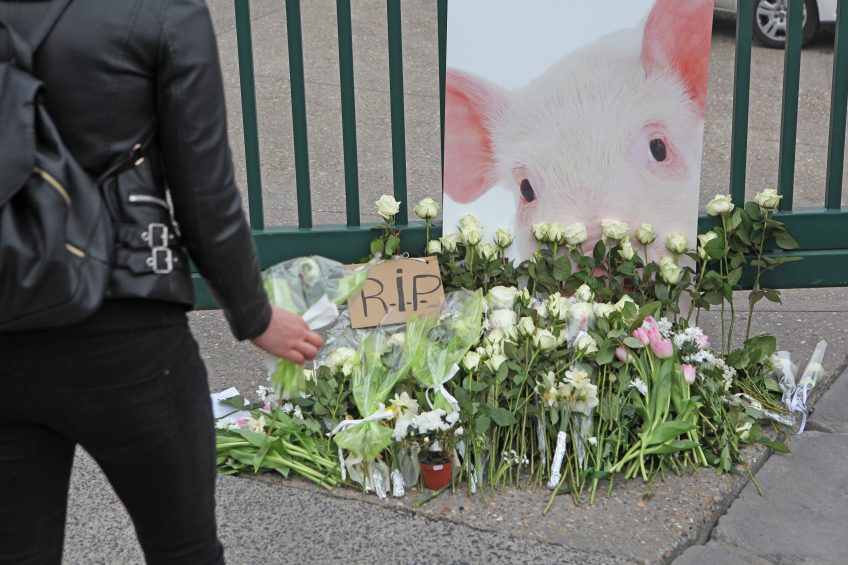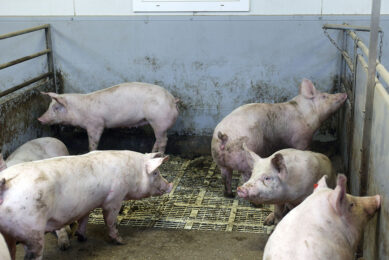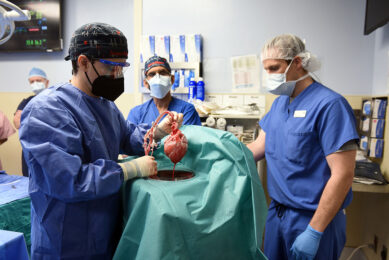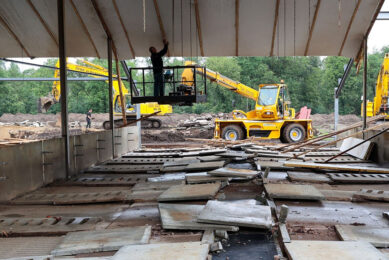Pig welfare in the slaughterhouse

Welfarist undercover operations sometimes reveal things the world would rather not see. As a trade journalist, Pig Progress’ editor Vincent ter Beek has also frequented slaughterhouses from time to time. Here is why his experiences are different.
I still vividly remember every single detail of the first-ever pig slaughterhouse I visited. I recall feeling a bit awkward about going inside. Would it make me feel bad? Nauseous? Would it smell bad and would I hear shrieks or yells? Together with a senior colleague I ascended the stairs that led to a modern viewing gallery. There I stood, behind some glass windows, observing what was happening below.
I couldn’t smell or hear anything, but taking pictures was allowed.
Dealing with pigs clumsily
I recall my colleague saying that he thought the slaughterhouse staff were dealing rather clumsily with the pigs.
“I think they’ve been informed that a bunch of journalists would come and visit them, so today only gentle nudges to make the animals go into the right direction,” my colleague explained.
Pigs being maltreated in Belgium
I just nodded, I had no clue what to think of it and assumed what he was saying was true. It’s a memory I have told to various friends recently, when they asked me about the recent revelations at a slaughterhouse in Tielt, Belgium.
There, undercover welfarist staff made footage of abattoir staff maltreating pigs and shared it on social media.
CCTV in pig slaughterhouses?
I chose not to watch the footage, but the comments I read on social media about it were bad enough. It did lead to a temporary closure of the slaughterhouse and parliamentary calls, in both Belgium as well as the Netherlands, for permanent CCTV observation on the slaughtering floor.
So, my friends asked me, “You’re into pigs. Is that kicking and beating happening in other slaughterhouses as well? Is it common practice?” I had no choice but to shrug. After all, everybody rolls out the red carpet during an editorial visit. Whenever I happen to be around, things always go by the book.











